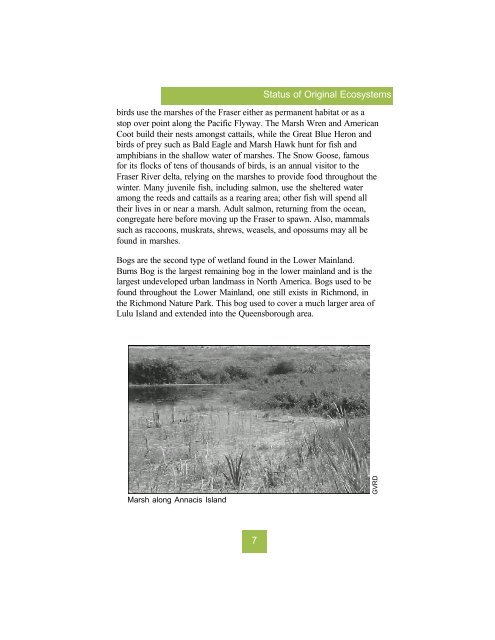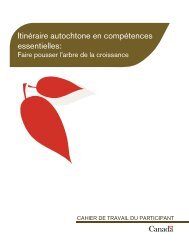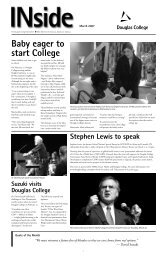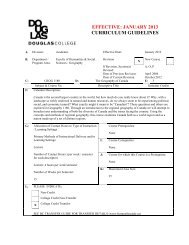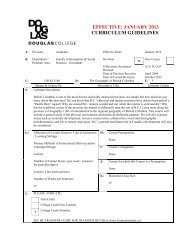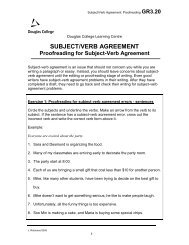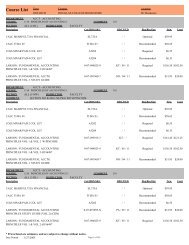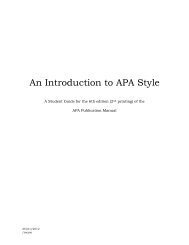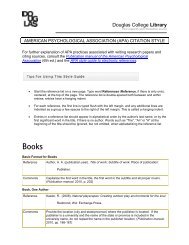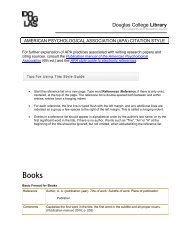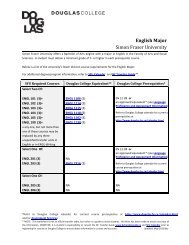New Westminster Environmental Almanac (2917 ... - Douglas College
New Westminster Environmental Almanac (2917 ... - Douglas College
New Westminster Environmental Almanac (2917 ... - Douglas College
Create successful ePaper yourself
Turn your PDF publications into a flip-book with our unique Google optimized e-Paper software.
irds use the marshes of the Fraser either as permanent habitat or as a<br />
stop over point along the Pacific Flyway. The Marsh Wren and American<br />
Coot build their nests amongst cattails, while the Great Blue Heron and<br />
birds of prey such as Bald Eagle and Marsh Hawk hunt for fish and<br />
amphibians in the shallow water of marshes. The Snow Goose, famous<br />
for its flocks of tens of thousands of birds, is an annual visitor to the<br />
Fraser River delta, relying on the marshes to provide food throughout the<br />
winter. Many juvenile fish, including salmon, use the sheltered water<br />
among the reeds and cattails as a rearing area; other fish will spend all<br />
their lives in or near a marsh. Adult salmon, returning from the ocean,<br />
congregate here before moving up the Fraser to spawn. Also, mammals<br />
such as raccoons, muskrats, shrews, weasels, and opossums may all be<br />
found in marshes.<br />
Bogs are the second type of wetland found in the Lower Mainland.<br />
Burns Bog is the largest remaining bog in the lower mainland and is the<br />
largest undeveloped urban landmass in North America. Bogs used to be<br />
found throughout the Lower Mainland, one still exists in Richmond, in<br />
the Richmond Nature Park. This bog used to cover a much larger area of<br />
Lulu Island and extended into the Queensborough area.<br />
Marsh along Annacis Island<br />
7<br />
Status of Original Ecosystems<br />
GVRD


